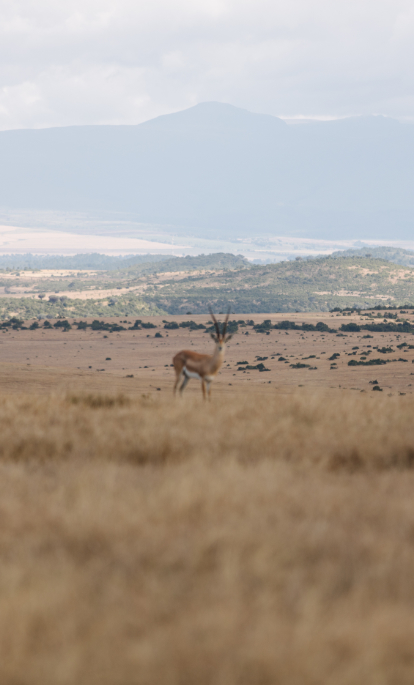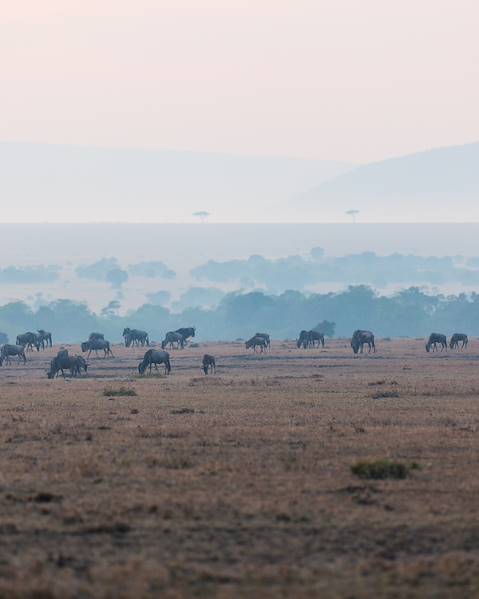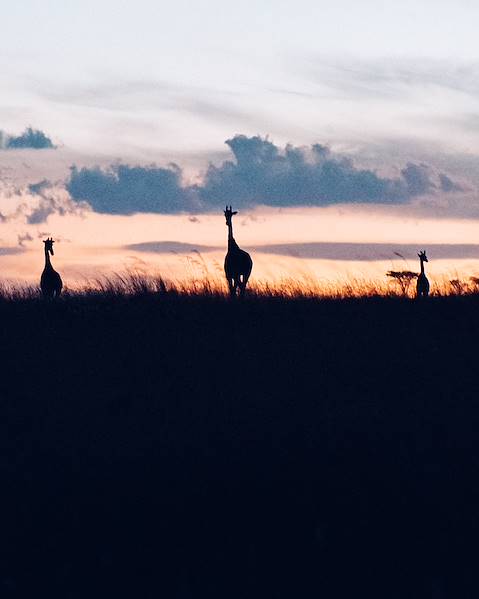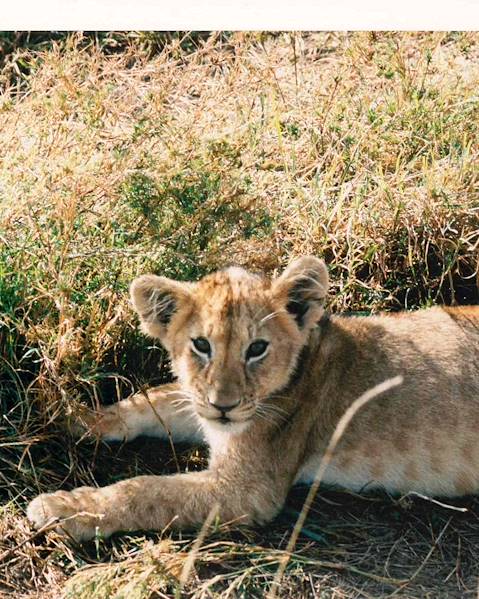Kenya is the land of contrasts, from vast plains and rugged mountains to flourishing forests and pristine beaches. And of course there’s the sprawling savannahs that are instantly recognisable from movies, TV shows and books. When you imagine an African landscape, it’s often this image of Kenya’s sunbaked grasslands against a deep orange sky that comes to mind. Ready to learn more? Lace up your hiking boots and join us as we explore the geography of Kenya.
Overview
Kenya is, in a word, vast. The country is sliced up into 47 counties and is home to a whopping 53 million people. In a country so huge, it can be tricky to know exactly where to go to see what – but luckily, there are distinct regions with distinct landscapes. The Great Rift Valley, central highlands, grasslands and savannahs, deserts, and the coastline are all part of the unique geography of Kenya.
Great Rift Valley
The Great Rift Valley cuts through western Kenya like a scar, stretching across the entire country and passing into Ethiopia. This grand geographical feature is around 40 million years old, and is so large it can be seen from space. Scattered within the valley are some of the country’s most impressive natural landscapes – think shining lakes and tummy turning cliffs. Lake Naivasha, Lake Nakuru and Lake Elementeita are perhaps the three most well-known bodies of water in this area, attracting a vast range of birds species to their shores including flamingos, kingfishers, herons and pelicans which you can see on a boat safari.
Central Highlands
In the heart of Kenya, east of the Great Rift Valley, lies the cinematic central highlands. Here, you’ll find the icy peaks of Mount Kenya, the country’s second-highest peak; bustling towns such as Nanyuki (Kenya’s highest town) and the vibrant capital of Nairobi; and national parks such as Aberdare, which is characterised by forested ravines and open moorlands, and home to a wealth of wildlife species including black rhinos, elephants, spotted hyenas and buffalos.
Grasslands and Savannahs
Sitting in the south of the country are the rolling grasslands and savannahs, perhaps the most recognisable landscapes when imagining the geography of Kenya. The Maasai Mara is a must-visit with its lush grassy hills rich in wildlife including lions, cheetahs, elephants, zebras and hippos. The savannah region is made up of three major game parks – Tsavo East, Tsavo West and Amboseli, all sprinkled with sulphur springs and wetlands, and home to Maasai tribes.
Arid and Sem-Arid Deserts
The north and northeast areas of Kenya are composed of arid and semi-arid deserts. With scarce rainfall and a rugged terrain of dusty rock and withered thorn, less than a fifth of Kenya’s population live here.
The Coast
Kenya’s coastal region is bursting with natural beauty. Along the 300 miles of coastline you’ll find pristine white beaches and palm trees that give way to deep blue waters and colourful coral reefs. The country's second-largest city, Mombasa, is located on Mombasa Island and connected to the mainland by bridges and a ferry crossing. Other iconic spots, such as Diani Beach, Lamu Island and Watamu, are dotted along the shore, providing havens of relaxation to complement safari-fuelled adventures
















